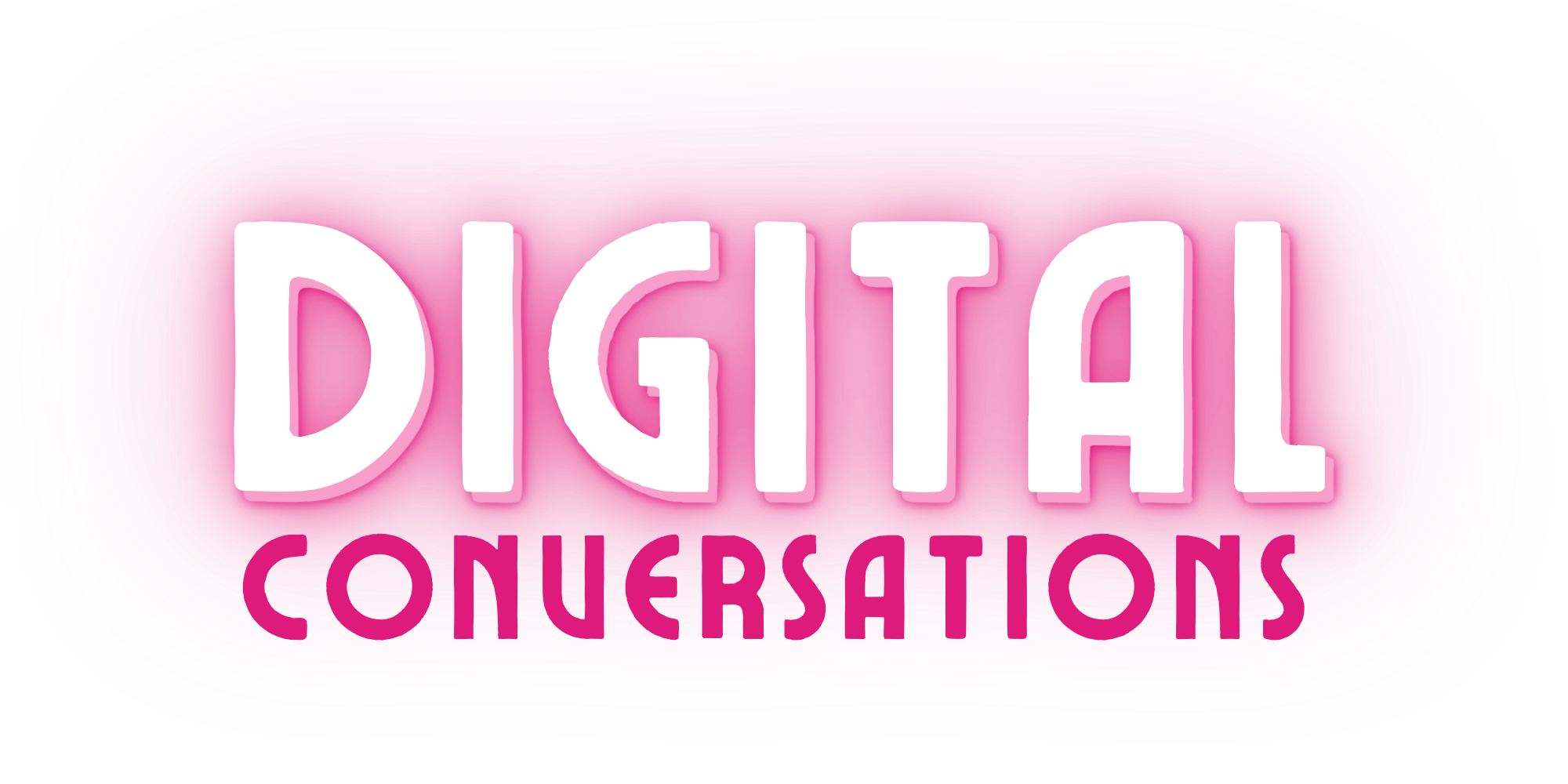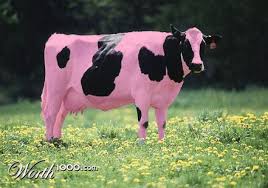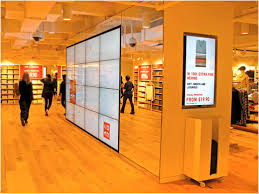Let’s Dumb down the Facebook Algorithm
You have probably heard of this mythical thing called the Facebook Algorithm. All the popular social networks have gravitated toward an algorithm-based feed in the effort to create better experiences for their users and each one works differently plus they are constantly changing, making it hard for marketers to keep up.
In a public Q&A in 2014, Facebook CEO Mark Zuckerberg said “Our goal is to build the perfect personalized newspaper for every person in the world. We’re trying to personalize it and show you the stuff that’s going to be most interesting to you.”
Facebook does constant updates which is why staying up to date is so important. Their algorithm has gotten smarter as there is more data (images, more video, more apps) to filter through. The average user has 500 + friends and has liked approx. 150 pages so there is more content being produced and growing exponentially but the amount of attention you have is still finite. The stronger the filter power needs to be strong as your expectations have also increased.
The algorithms job is to make you want to come back to Facebook. They are trying to personalise your experience as best as possible and show you what is relevant. So here are some things you need to understand about organic posts.
The algorithm needs to determine how much power your post has. They measure engagement and they will give you initial reach based on this. They also want to know if other people are interested in it. So, Facebook give you scores based on the actions other people are taking. Based on rough analysis a Like = 1 point, 1 comment = 6 points, a share = 13 points, and negative feedback, report post or hide is worth minus 100.
Also, be mindful of passive clicks or consumptions which is where we just scroll through and like without clicking through and reading or watching the content. The decay factor is also increasing. A post used to last 6-7 hours and now it might only last an hour. More content means your posts fall off faster.
The Facebook algorithm helps make sense of the huge number of posts that people and businesses share every day.
So how does Facebook decide what to show in a News Feed?
Here’s a quick overview of how the Facebook News Feed works
According to Adam Mosseri, VP of Product Management for News Feed. The Facebook algorithm loves:
• Posts with lots of Likes, comments, and shares
• Posts that receive a high volume of Likes, comments, or shares in a short time
• Posts that are Liked, commented on, or shared by one’s friends
• Link posts
• Post types that one interacts with often
• Post types that users seem to prefer more than others (e.g., photo, video, or status update)
• Videos uploaded to Facebook that receive a large number of views or extended viewing duration
• Posts that are timely or reference a trending topic
• Posts from Pages that one interacts with often
• Posts from Pages with complete profile information
• Posts from Pages where the fan base overlaps with the fan base of other known high-quality pages
The most important things Facebook’s algorithm takes into account are:
Relevancy Score
When picking posts for each person who logs on to Facebook, the News Feed algorithm takes into account hundreds of variables and can predict whether a given user will Like, click, comment, share, hide, or even mark a post as spam. More specifically, the algorithm predicts each of these outcomes with a certain degree of confidence. This prediction is quantified into a single number called a “relevancy score” that’s specific both to you and to that post.
Once every post that could potentially show up in your feed has been assigned a relevancy score, Facebook’s sorting algorithm ranks them and puts them in the order they end up appearing in your feed. This means that every time you log in, the post you see at the very top of your News Feed was chosen over thousands of others as the one most likely to make you react and engage.
Ads are given relevancy scores, too, so that Facebook can show users only the ads that could matter most to them.
Posting more often doesn’t help you get reach. Remember quality beats quantity. The best content is not self promotional, is highly relevant to the audience and is shared. Relevance is the intersection between content and targeting.
Prioritizing Friends
Before 2015, Facebook was predicting what users want to see on the News Feed based on more indirect signals, like Likes, comments, and shares of others. Eventually, they added options for users to filter out posts they don’t want to see.
Through studies and surveys, they found that many users were concerned they were missing important updates from friends they cared about the most. In response to these concerns, they began changing the News Feed algorithm to give more control to the users themselves.
In April 2015, they began giving priority (higher relevancy scores) to posts from friends over the Pages they follow and promotional posts. Later that year, in July, they introduced the “See First” feature, which lets you actually hand-pick which accounts you want to see first at the top of your News Feed.
Looking at other people’s interests shows that people want to hang out with other people that are like them. Facebook is looking at your friends that you engage with more regularly which is why you don’t see all your friends posts. Think of it like word of mouth and Facebook is trying to find more people you might like as they are like you. Makes sense right?
Time Spent on a Post
Starting in June 2015, Facebook started monitoring how much time users spend viewing certain posts. Of course, the time you spend on a post can vary depending on your internet speed, the length of the post, and so on — and the folks at Facebook are aware of that.
However, they have found that if people are spending a lot more time on a particular post in their feed than the majority of other posts they look at, then it’s a good sign the content was relevant to them. If you spend more time on a particular post, Facebook is more likely to show that post on your friends’ News Feeds.
Video Engagement
In summer 2015, Facebook surveyed users on how they interacted with video on their News Feeds and found that that many people who were interested in a given video didn’t necessarily Like it, comment on it, or share it with their friends. Since engagement is one of the primary ways Facebook measures people’s interest in posts, they had to come up with other ways to figure out whether people enjoyed the videos they were seeing. To help do that, they started monitoring other forms of video engagement — like turning on the audio, switching to full-screen mode, or enabling high definition.
So now we know what the algorithm likes, what doesn’t it like so we can avoid doing these things?
• Clickbait
• Like-baiting
• Posts that include spammy links
• Frequently circulated content and repeated posts
• Text-only status updates from Pages
• Posts that are frequently hidden or reported (a sign of low quality)
• Posts that ask for Likes, comments, or shares
• Posts with unusual engagement patterns (a like-baiting signal)
• Overly promotional content from Pages—pushing people to buy an app or service, pushing people to enter a contest or sweepstakes, posts that reuse the same text from ads
Remember Facebook says friends and family come first, it values authentic communication, gives you control over your experience, provides a platform for all ideas and is constantly iterating and improving for you.
So, think of Facebook like a big highway. Lots of traffic coming and going, some cars getting green lights and some getting red and people getting fined for doing the wrong thing. If you know the rules and follow them, you will rewarded and be allowed to play longer and have more fun doing so.
You might also be interest in Dumbing Down the Facebook Algorithm > https://www.digitalconversations.com.au/lets-dumb-facebook-algorithm/




